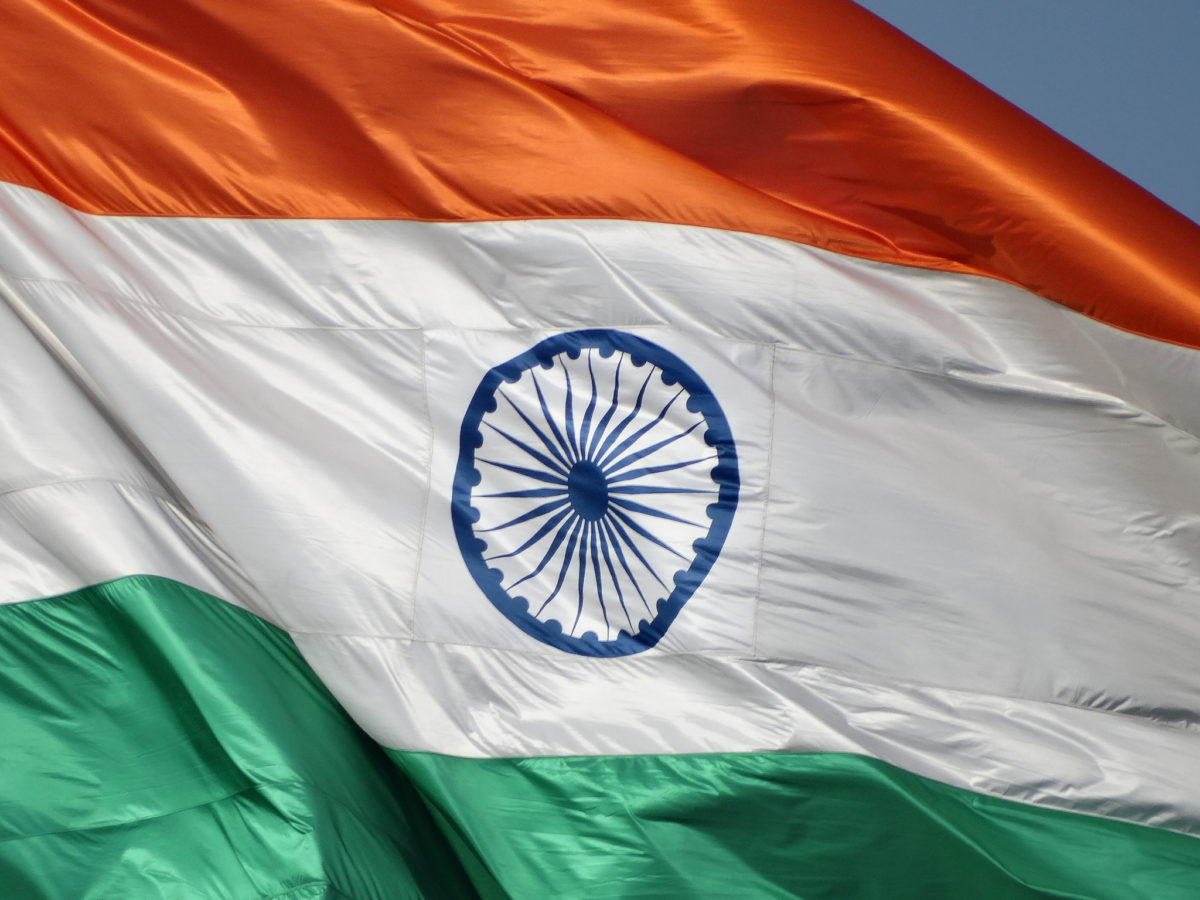The conversation on energy storage in the last decade has always been about batteries. They have become much cheaper than ‘experts’ anticipated and continue to get cheaper. It was a testament to the success of market stimulating policies and centralized large-scale manufacturing strategy adopted by east Asian companies.
On the other hand, more than 90% of the energy stored in the world is in the form of Pumped Storage method, where water is pushed uphill when energy is available. When required, gravity brings water down to turn the turbines to produce electricity.
Pumped storage was the only technology available until cheap batteries came into the picture and they were built in coordination with Hydro-electric programmes.
When everybody thought that batteries will gobble up the new storage opportunities (like in the United States, European Union and Korea), the world’s largest renewables-plus-storage tender floated by Solar Energy Corporation of India (SECI) provided an interesting twist. The tender demanded assured power supply during peak demand hours in the morning and evening.
Hyderabad based Greenko group won 75% of the tendered capacity at a peak+off-peak tariff of Rs 4.07. This is the cheapest renewables cum storage tariff in history, anywhere in the world. The technology chosen is Pumped Storage.
Rest of the tendered capacity was won by ReNew Power with batteries at a weighted average tariff of Rs 4.30—again the world’s second cheapest tariff.
Enabling factors
“Due to strong experience in development and operation of wind/solar and hydro projects, Greenko has adequate experience in optimizing the cost, design and efficient project management, which will result in a low cost of the project. While selecting the sites, Greenko has done a detailed examination to estimate the capacity utilization factor (CUF) of the wind and solar PV bot. Based on the same as well as optimizing other infrastructure costs, an optimal combination of wind and solar along with the storage project was designed to give the competitive price,” said Greenko Executive Director Y.K. Sehgal.
The pumped storage technology has very long and predictable lifetimes, which socializes the capital investment over a few decades. The main challenge in pumped storage is the site availability. If an excellent water pumpable site is available, where a solar or wind plant can also be placed nearby with relatively mature transmission infrastructure, pumped storage becomes very attractive.
The next challenge lies in the very high gestation period (delays), similar to hydro or nuclear projects. Government agencies have a role to play here to enable quicker deployment of projects through a proactive clearance regime. Though the Indian government is strictly technology agnostic, pumped storage has indeed knocked enough doors.
Significance
Similar auctions in the USA (world’s largest storage market) yielded peak tariffs of around Rs 8.9 to Rs 10.39, in comparison to Rs 6.12 (quoted by Greenko) discovered in India. The world is taking note of this trend.
“As many countries explore cost-effective power flexibility options in response to the rapid deployment of renewables, it is crucial that large-scale pumped storage potential is tapped into when enabled at low prices. India will be the country with the largest need for additional flexibility in the coming decades, as a result of its growing demand and Prime Minister Narendra Modi’s ambitious renewable energy targets. India’s leadership in paving the way and attracting investment in pumped hydro is to be highly commended,” quipped International Energy Agency, Renewable Energy head Paolo Frankl.
“If we have relatively firm power at this price in the states, we will definitely think about expanding our green hydrogen throughput models,” said New York based Gilman Hydrogen Industries CEO Brian Gilman.
The stage is all set
Market watchers did not expect India to bring down renewable energy prices to some of the world’s lowest in just a decade, paving the way to become one of the top five renewable energy producing countries. Most did not expect India to execute the largest non-subsidized energy-efficient lighting programme, making LEDs ubiquitous across India.
Not surprisingly, there is skepticism about India’s ambition in energy storage (batteries or otherwise). But, market stimulating policies, dynamic regulatory adjustments and the spirit of Indian entrepreneurs will give impetus to the Indian storage juggernaut. And pumped storage might be an integral part of this journey.
Kowthamraj Velur Sangappillai is part of Energy and International Cooperation Division of government thinktank NITI Aayog. He is an Alistore scholar from the EU’S EM+ program.
The views and opinions expressed in this article are the author’s own, and do not necessarily reflect those held by pv magazine.
This content is protected by copyright and may not be reused. If you want to cooperate with us and would like to reuse some of our content, please contact: editors@pv-magazine.com.








RE, whether be it Wind or Solar is very much required to reduce CO2 emissions and contribute our bit to Climate Change. What has been the impact of promoting RE, on the investments made in power plants based on Coal, with several PPA’s annulled and projects stranded before attaining commercial operations. The NPA’s resulting out of the disruption should be evaluated, and revival of these coal based plants to be prioritised before fresh coal based capacity is added by State Utilities. Also the quality of grid power due to intermittent injection of power from RE sources, continues to be the major risk as we expand the RE Capacity and rendering the existing coal based assets even more unviable.